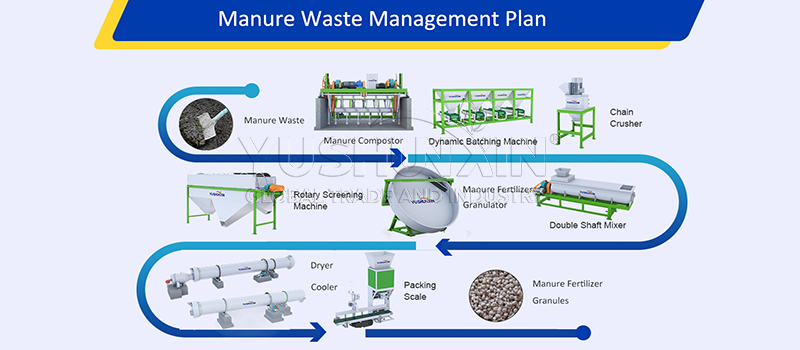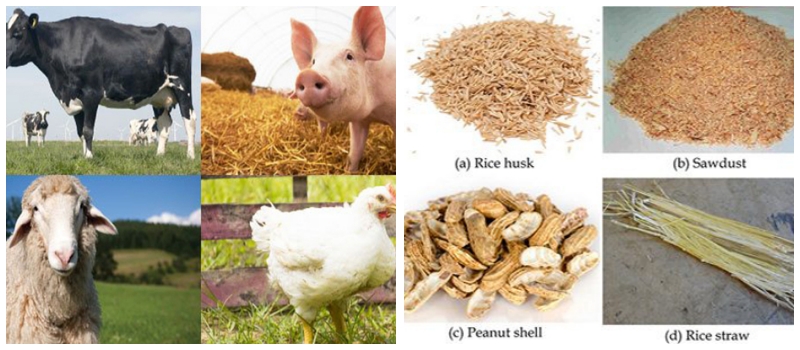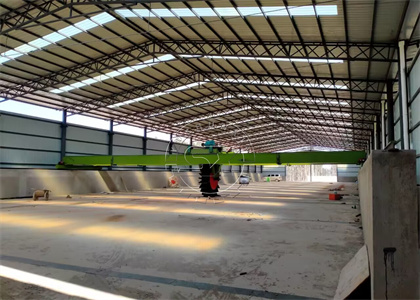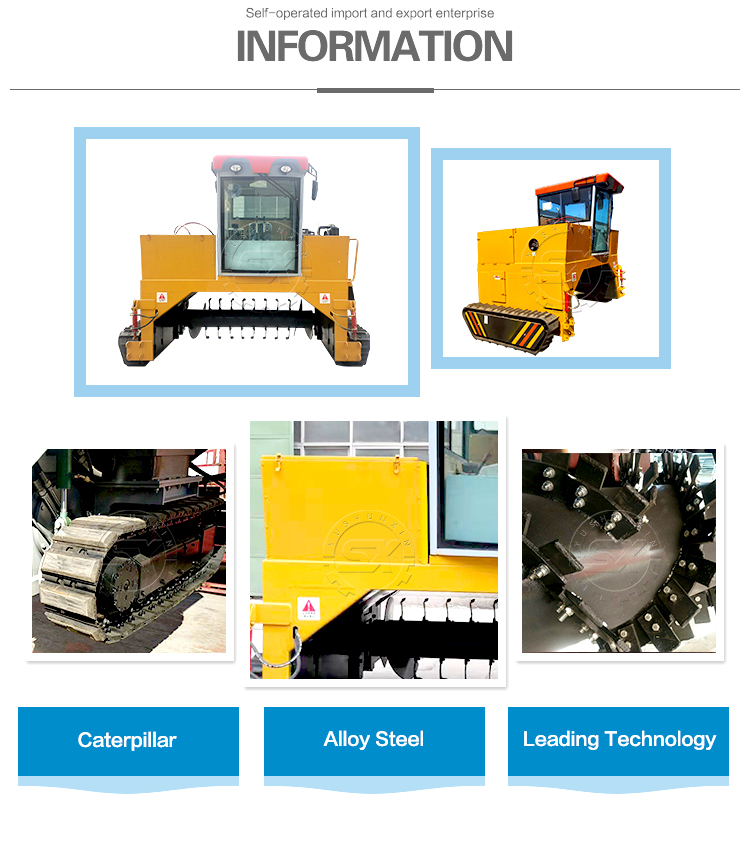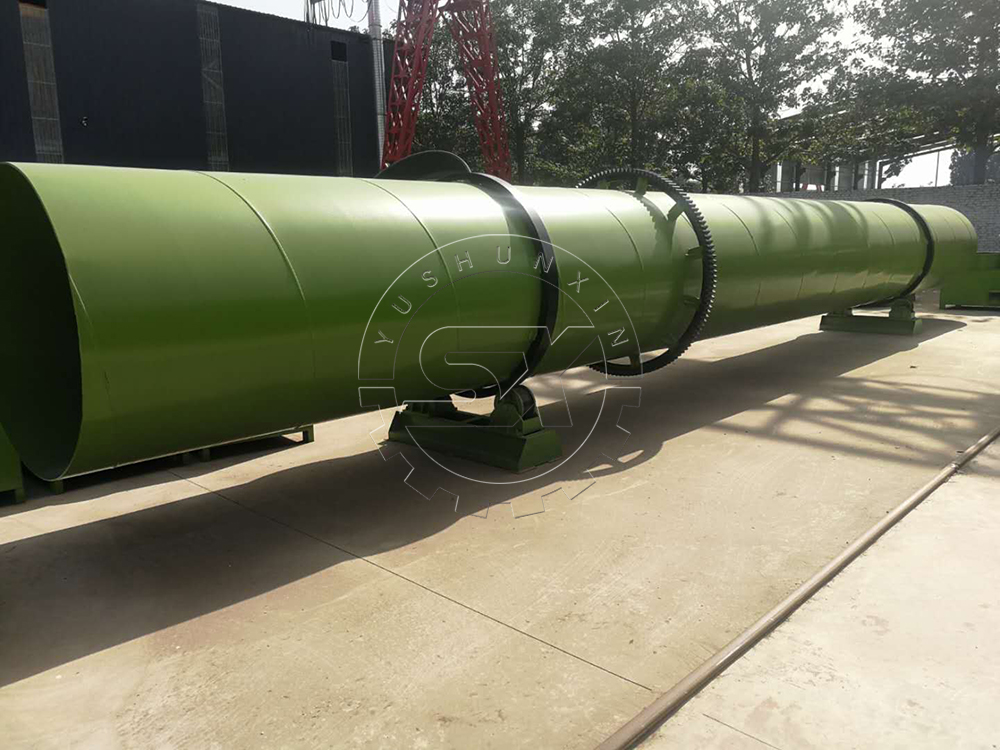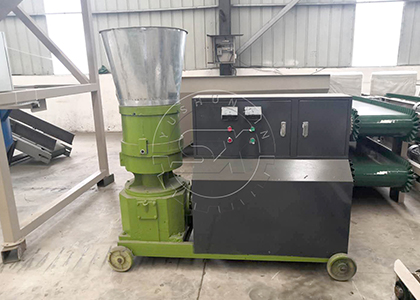Industrial cow dung fertilizer production is a key component in sustainable agriculture, turning what would otherwise be considered waste into a valuable resource. This process not only helps manage waste effectively but also reduces environmental pollution and enhances soil health.
The Process of Cow Dung Fertilizer Production
The production of cow dung fertilizer begins with the collection of cow dung from dairy farms. This raw material is then transported to a processing facility where it undergoes several stages of treatment:
1. Sorting and Drying: Initially, the cow dung is sorted to remove any foreign materials such as stones, plastics, and other debris. After sorting, the dung is dried to reduce moisture content, making it easier to process into organic fertilizer further.
2. Composting: The dried dung is then composted. Composting involves microbial decomposition of cow manure under controlled conditions. Modern facilities use cow manure composting machines that maintain optimal conditions for microbes to thrive, such as proper temperature, moisture, and aeration. This process stabilizes the nutrients and kills pathogens, resulting in a hygienic, nutrient-rich compost.
3. Granulation: The composted dung is next processed in a granulator machine. This pellet machine for cow dung disposal compacts the compost into small, uniform pellets or granules, which are easier to handle, store, and apply. Granulation also helps in slow-release of nutrients when applied to the soil.
4. Cooling and Screening: After granulation, the pellets are cooled and screened. Cooling is necessary to harden the pellets and reduce their moisture content. Screening helps separate fine particles and oversized pellets to ensure uniformity in size.
5.Packaging: Finally, the processed cow dung fertilizer is packaged in bags for distribution and sale. Packaging can be customized based on the requirements of different markets.
Click here to learn more.
Benefits of Cow Dung Fertilizer
Making fertilizer from cow dung offers numerous benefits:
– Soil Health: It improves soil structure, aeration, and water retention capacities.
– Nutrient-Rich: It provides essential nutrients such as nitrogen, phosphorus, and potassium.
– Eco-Friendly: Using cow dung as fertilizer reduces reliance on chemical fertilizers, which can degrade soil health and cause pollution.
– Cost-Effective: It provides a cost-effective solution for farmers seeking to enhance crop yields sustainably.
Impact on Modern Farming
The use of automated machines in producing cow dung fertilizer has revolutionized farming practices. These machines not only streamline the production process but also ensure consistency and quality in the end product. As a result, farmers can rely on a steady supply of high-quality organic fertilizer that supports sustainable agricultural practices. If you want to start the preparation of cow dung fertilizers, you can visit https://fertilizerequipmentmanufacturer.com/how-to-make-organic-fertilizer-from-cow-dung/ for reference.
In conclusion, the industrial production of cow dung fertilizer using sophisticated machines plays a pivotal role in modern farming. It not only aids in effective waste management but also supports sustainable agricultural practices, enhancing soil fertility and promoting healthier crop growth. As the world moves towards more sustainable farming methods, the role of organic fertilizers like those made from cow dung will become increasingly important.
